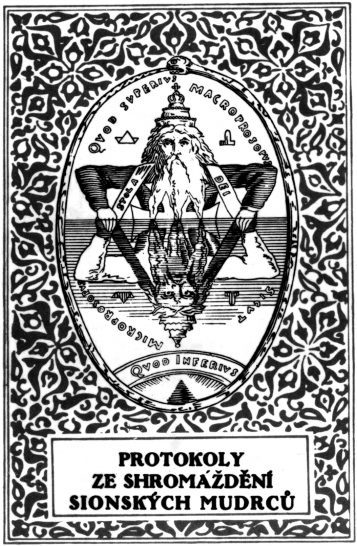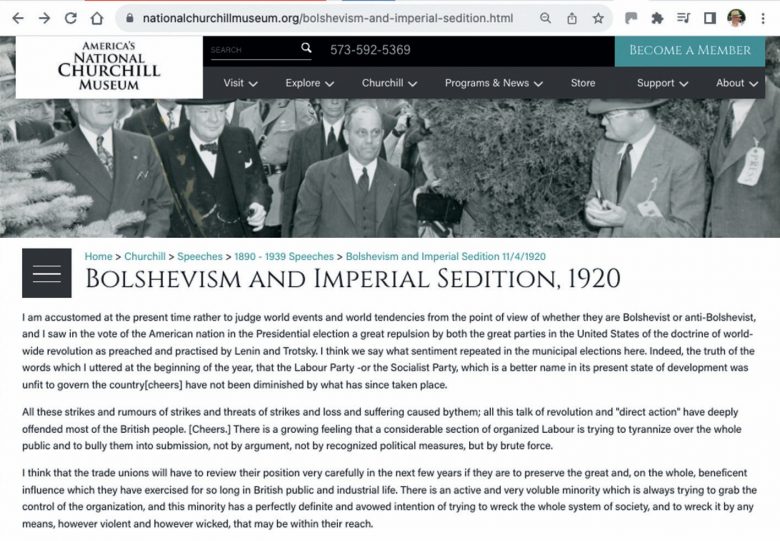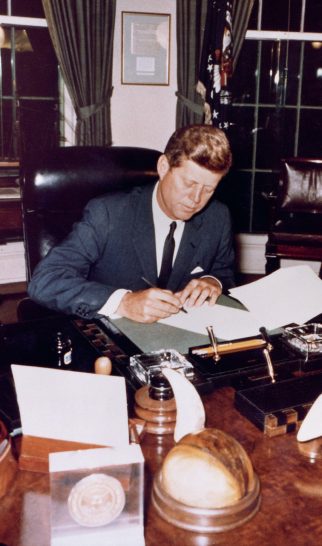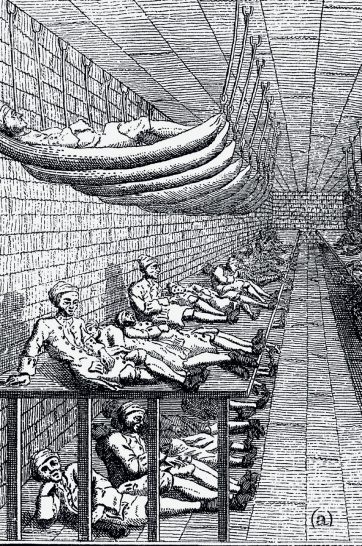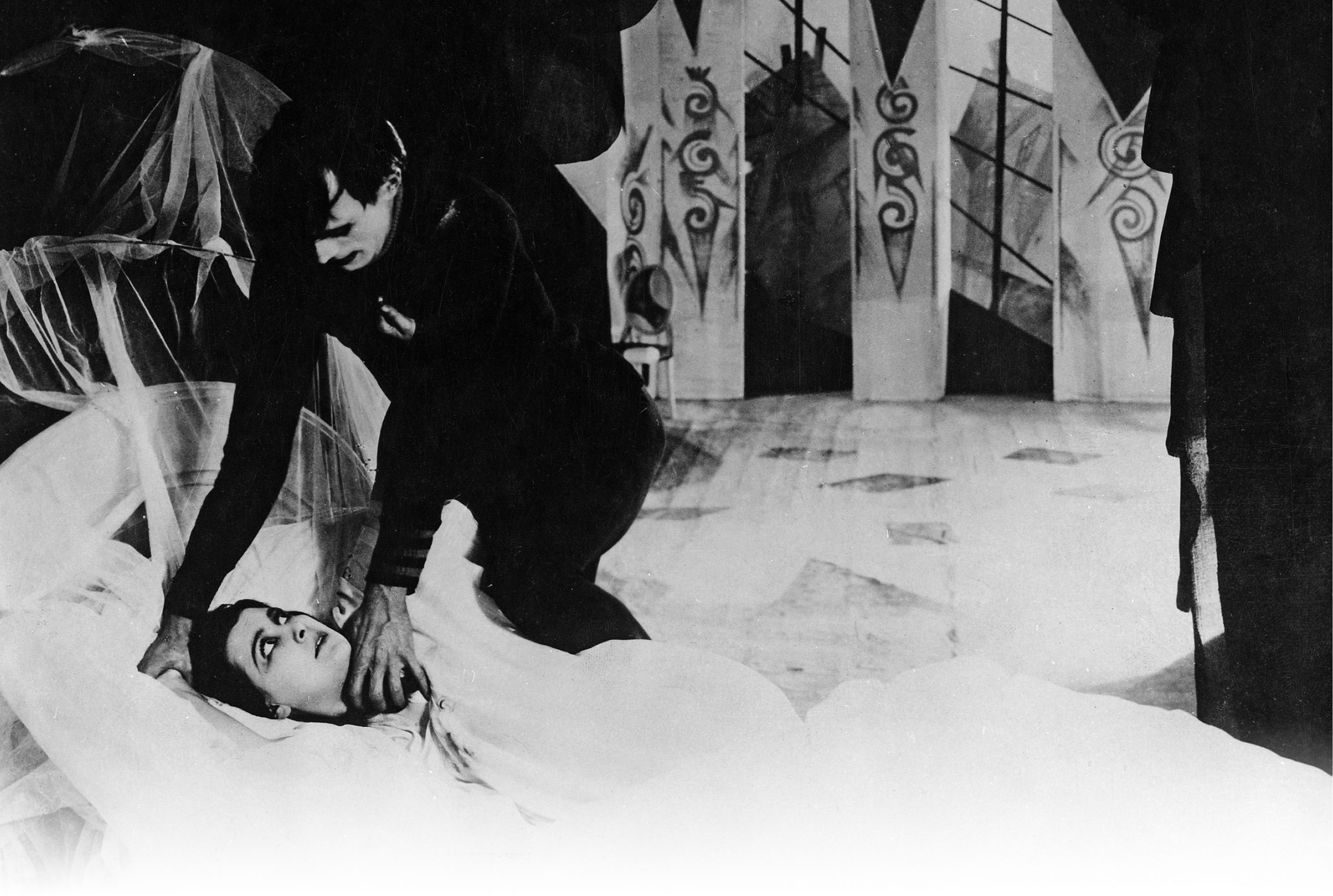
The Weimar era has been described as a ‘golden age’ in terms of culture. It was a remarkably creative, experimental and energetic period in art, literature, theatre, cinema, music, dance, architecture and design. Germany, and in particular Berlin, was at the heart of European cultural activity and innovation during this time.
Weimar culture was not a single movement. It came from both the left and the right of the political spectrum, and it was aimed at the masses as well as the middle and upper classes. The early, chaotic years of postwar, post-revolution Germany saw the flourishing of Expressionism, which focused on inner experience and emotion rather than external reality. By the mid-Weimar years, this had been largely replaced by Neue Sachlichkeit (New Objectivity) which emphasised realism, matter-of-factness and practical engagement with the world. In the final years of the Republic, hope gave way to scepticism and despair and the flowering of Weimar culture came to an abrupt end as Berlin was abandoned for exile and, too often, suicide.
Your organisation does not have access to this article.
Sign up today to give your students the edge they need to achieve their best grades with subject expertise
Subscribe

